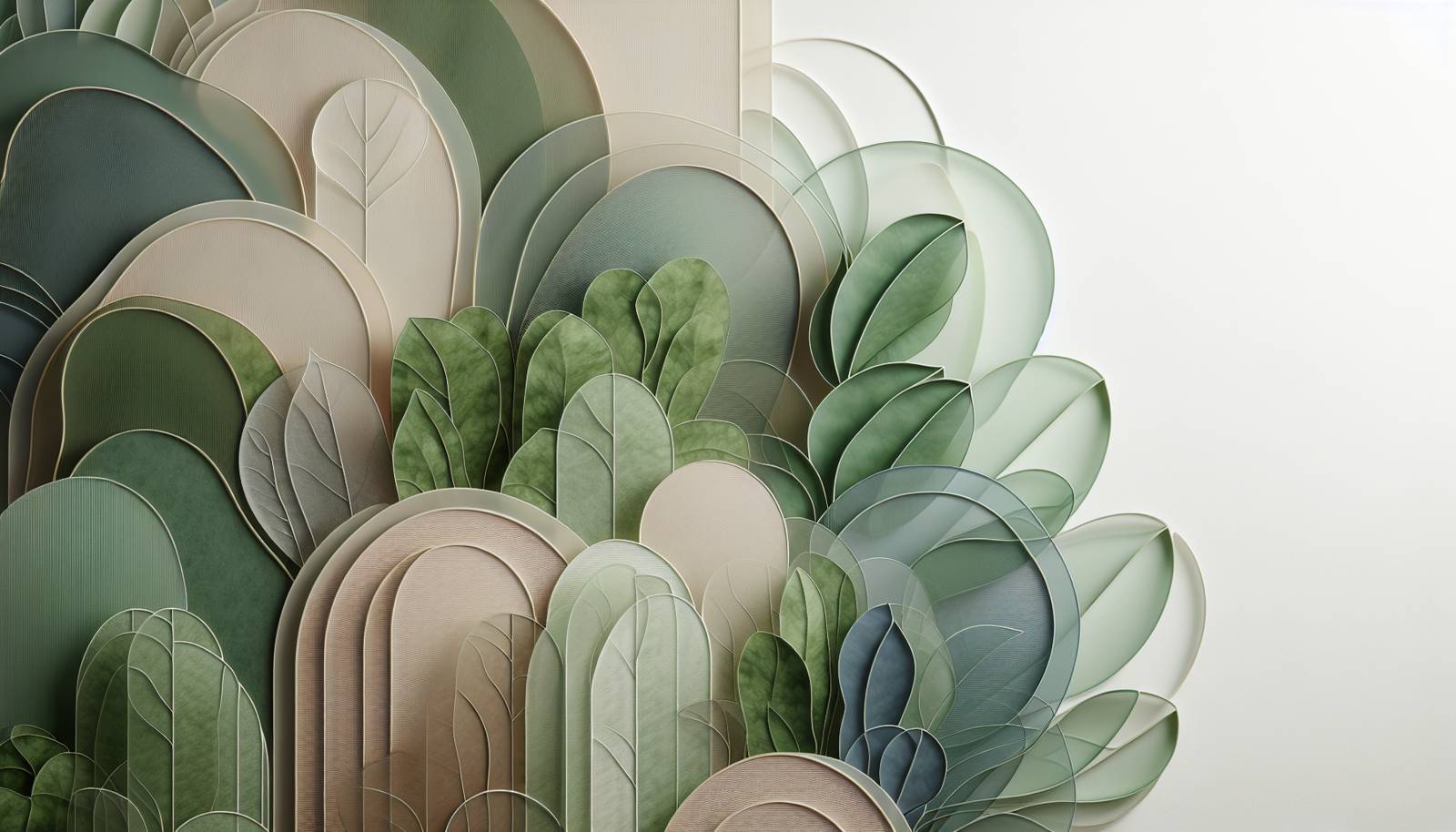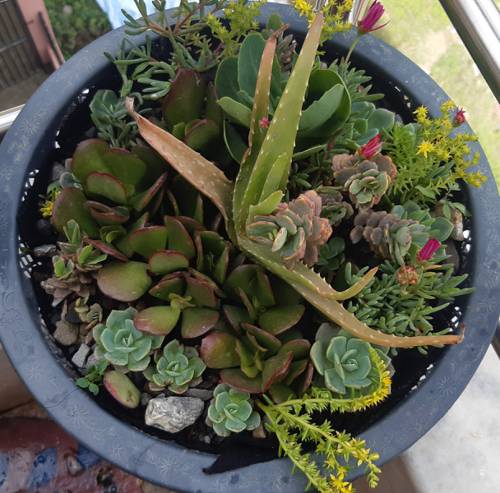
FAQ About Using Indoor Plants for Natural Soundproofing

How do indoor plants contribute to soundproofing?
Indoor plants help with soundproofing primarily through absorbing, deflecting, and refracting sound waves. The leaves, branches, and wood of the plants work together to absorb and block high-frequency sounds as they pass through. The rough surfaces and varied structures of plants scatter sound waves, thus reducing noise levels in enclosed spaces.

Which indoor plants are best for soundproofing?
Certain plants are more effective at soundproofing than others. Plants with broader leaves like the rubber plant, fiddle leaf fig, and peace lily are particularly good at absorbing sound. Ferns, palms, and the Boston fern are also known for their sound absorption capabilities due to their bushy foliage and ability to create a dense barrier against sound waves.

How should indoor plants be arranged for optimal soundproofing?
To achieve optimal soundproofing with indoor plants, place them strategically within a room. Group plants together in clusters, especially near walls that face the source of noise. Plants can be positioned on stands or shelves at various heights to maximize their sound-reflecting properties. Additionally, positioning plants in corners or along edges can help in deflecting sound waves away from the center of the room.

Are there specific plant characteristics that make them better at soundproofing?
Yes, plants with large, dense leaves and a bushy structure are typically better at absorbing and deflecting sound. The thickness of leaves and the overall height and density of the plant contribute to greater noise reduction capabilities. The plant's surface area, leaf texture, and weight are essential in determining its effectiveness in soundproofing.

Can indoor plants completely soundproof a room?
While indoor plants can significantly reduce noise levels, they are unlikely to completely soundproof a room. They are best used in combination with other soundproofing methods, like rugs, curtains, and acoustic panels, to improve the overall acoustic environment.

What are the benefits of using plants for soundproofing beyond noise reduction?
Using plants for soundproofing offers various benefits beyond noise reduction. They improve air quality by filtering pollutants and increasing oxygen levels. Indoor plants also enhance the aesthetic appeal of a space, provide a calming atmosphere, and can even boost humidity levels, creating a healthier indoor environment.

Do all plant parts contribute equally to soundproofing?
No, not all parts of a plant contribute equally. The leaves are the primary contributors because of their broad surface area, which helps in sound absorption. Branches and stems play a secondary role in refracting sound waves, while the soil can absorb some low-frequency vibrations. Together, these components help in creating a more acoustically friendly environment.

How does plant size affect its soundproofing ability?
The size of a plant can significantly impact its soundproofing capabilities. Larger plants with fuller foliage and taller growth can absorb more sound thanks to a greater surface area. Big plants like the rubber plant or fiddle leaf fig are particularly effective in larger spaces where their size allows them to trap and dampen noise more efficiently.

Can hanging plants be used effectively for soundproofing?
Hanging plants can indeed be effective for soundproofing, particularly in spaces where floor area is a constraint. Plants like English ivy and peace lilies are excellent choices for hanging setups as they can utilize vertical space to create acoustic barriers, thus reducing overhead noise and dispersing sound across rooms.

Is the potting material significant in plant-based soundproofing?
Yes, the potting material can play a role in plant-based soundproofing. Dense materials like clay pots can help absorb low-frequency vibrations and provide additional mass, which can enhance the overall effectiveness of the plants in noise reduction. Pots made of fabric or woven materials can contribute less to sound isolation but are easier to move and adjust.

How do indoor plants affect different sound frequencies?
Indoor plants are generally more effective at absorbing high-frequency sounds like chit-chat or the ringing of phones due to their leafy structure. The leaves, soil, and pot material can absorb and deflect these frequencies. However, they are typically less effective against low-frequency sounds such as bass-heavy music or machinery vibrations, though large, dense plants might help reduce these sounds to some extent.

Can plant placement impact their soundproofing efficiency?
Absolutely, strategic placement of plants can greatly enhance their soundproofing efficiency. Placing plants closer to noise sources, along shared walls, or near windows can help intercept sound waves before they permeate a space. Creating plant groupings or green walls can amplify the soundproofing benefits by forming a thicker barrier to sound.

What are some common misconceptions about using plants for soundproofing?
A common misconception is that plants can fully soundproof a room, which is not the case. While they can significantly reduce noise levels, complete soundproofing typically requires additional acoustic treatments. Another myth is that any plant will do, whereas in reality, the effectiveness varies based on plant type and characteristics.

Do indoor plants need special care if used for soundproofing?
While plants used for soundproofing don't require special care outside of their regular needs, proper maintenance is essential to keep them effective. Regular watering, appropriate lighting, pruning, and fertilizing based on each plant’s requirements will ensure they remain healthy and effective in absorbing sound.

What are green walls and how are they used in soundproofing?
Green walls, also known as living or vertical walls, are structures covered with greenery that can aid soundproofing. By integrating plants into the walls themselves, these installations can create dense vegetation that absorbs and reduces noise. Green walls are effective in both residential and commercial spaces, providing a significant reduction in noise alongside aesthetic and environmental benefits.

Are there any downsides to using plants for soundproofing?
The primary downside to using plants for soundproofing is the requirement for maintenance. Plants need water, sunlight, and regular care to stay healthy, which can be time-consuming for some. Additionally, the degree of noise reduction may not suffice on its own for complete soundproofing, thus necessitating additional acoustic treatments.

How effective are plant screens for noise reduction?
Plant screens, which are arrangements of plants designed to act as barriers, can be moderately effective for noise reduction. They absorb and diffuse sound waves, especially in open areas or in between partitions. For optimal results, plant screens should be dense and placed strategically between the noise source and the area one wants to keep quiet.

Can using a combination of different plants enhance soundproofing?
Yes, using a combination of different plants can enhance soundproofing. Plants with varying leaf sizes, heights, and density can create a more complex acoustic barrier that absorbs a wider range of sound frequencies. Mixing tall and bushy plants with hanging varieties can optimize the space's sound absorption capabilities.

How does humidity affect plant-based soundproofing?
Humidity can influence plant-based soundproofing indirectly by affecting plant health. Adequate humidity helps keep plants lush and full, which in turn maintains their effectiveness in sound absorption. Dry conditions can lead to wilting, reducing their surface area and compromising their soundproofing ability.

What role do acoustics play in choosing plants for soundproofing?
Understanding acoustics is crucial when choosing plants for soundproofing. Acoustics refers to how sound behaves in a given space; thus, selecting plants based on room design, volume, and surface materials can optimize their noise reduction capabilities. Dense, leafy plants are particularly effective in absorbing reverberations in rooms with hard surfaces.
